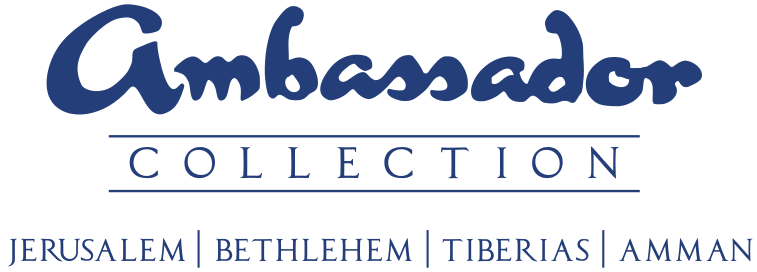All Inclusive Pricing
Handpicked Hotels & Guides
Fully Equipped Deluxe Buses
Our Mission
Our basic principle is this: The tour is yours! Together with an agency in your country, we help you design and implement the kind of experience you want. Some choose to focus on the cultural and historical aspects of these lands, while others seek to deepen their faith, following in the footsteps of Jesus, the first apostles and the earliest Christians. In addition to visiting the archaeological sites, we make a special point of exploring the landscape, showing how it connects to the Biblical events. In all the Bible lands, we seek contact with the roots of Christianity: Jewish, Greek and Roman.
The Holy Land is the fifth gospel.
- Cyril of Jerusalem, c. 400 AD
